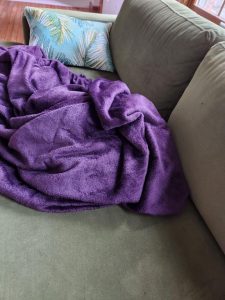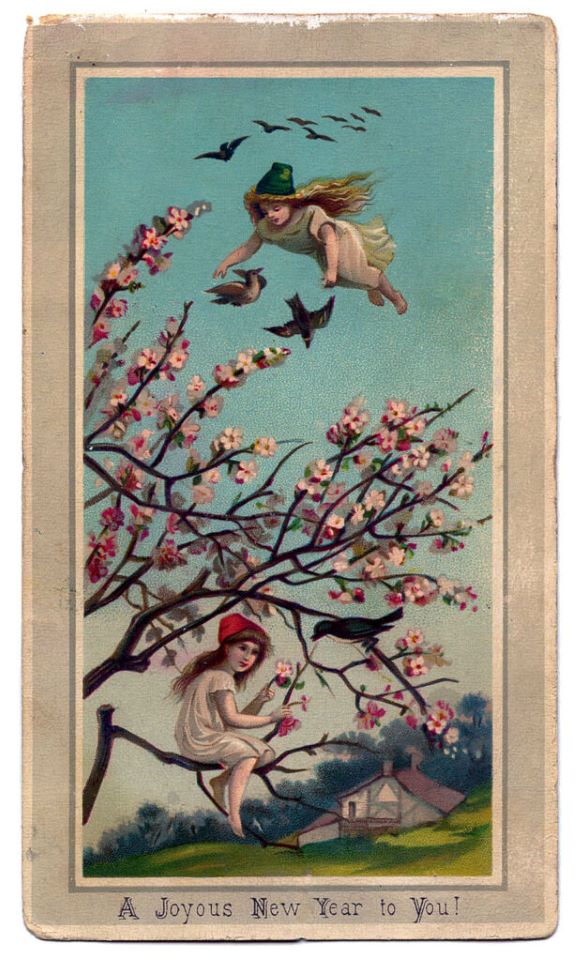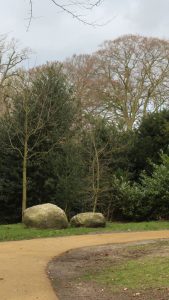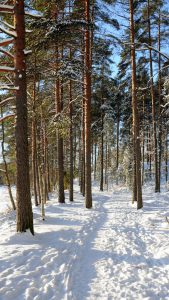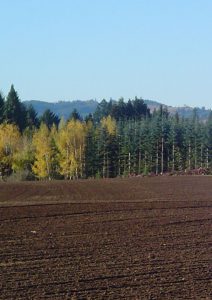“Okay, I am not going to judge whether my resolution for last year was a success,” I said to myself after I’d been staring at a blank notepad for several minutes, trying to get started writing this post.
Outside my living room windows, January 1st was a typical winter day in Ohio: cloudy, cold, and windy. Light snow had mostly melted, and the ground just looked damp and soggy. My couch was comfortable, though; I’d bought it in late summer, soon after getting the windows replaced. A new purple blanket—a Christmas gift from my daughter—occupied the other end of the couch, ready to keep my feet warm if needed.
In terms of material comforts, I had made some progress on my New Year’s resolution for 2024—to soar, letting go of things that weighed me down. The house wasn’t looking as neglected these days. I felt better now that I had good, clear windows letting in plenty of sunlight.
Replacing worn-out old physical stuff—however desirable—hadn’t been the main point, though. Did I feel lighter emotionally as the past year came to a close? Had I become less weighed down by old worries? That was harder to determine, and I had a strong intuitive feeling that I shouldn’t be judging myself in such terms anyway. After all, I wasn’t under any obligation to give my psyche a year-end performance review.
Dot, my imaginary personified to-do list and New Year’s resolution advisor, chose that moment to make her appearance. She curled up cozily on the other end of the couch, kicking off the red shoes she’d worn on the yellow brick road in 2023. Arranging her long skirt comfortably over her stockinged feet on the middle cushion, she helped herself to my blanket.
“No gold stars for waking up in a good mood,” she inquired, “or lumps of coal for feeling grumpy?”
“Well, no. Moods come and go. Intending to wake up cheerful doesn’t guarantee that it will happen. If I wanted to give myself gold stars, it would be for promptly recognizing grumpy moods and allowing them to pass. As to that, I feel I’ve done better toward year’s end, although there is space for improvement. I have the word ‘Allow’ in mind as a word of intention for 2025.”
“Allow what is, without judgment as to how it got there,” Dot suggested, pulling together my somewhat disorganized themes, “and then allow it to pass, as it always does.”
The holiday clock on the shelf chimed the hour with a snippet of ‘O Christmas Tree’ as I considered Dot’s idea for a resolution.
“I like that. It fits together,” I decided. “To be honest, I haven’t found much energy for writing on this dark winter day, but I can allow that to be my reality in the moment without judging myself. That doesn’t mean it will be the same tomorrow or next week. By closing out this post with a workable resolution, I’ve accomplished what I wanted to do for today, even if I haven’t written a brilliantly creative epic.”
Dot patted the couch softly. Toto jumped up beside her, stretching out on the middle cushion and kneading a corner of the blanket between his front paws.
“Yes, sometimes we just need to rest and be lazy for a while, letting our energy build back up. Pets know that by instinct, and it’s just as true for us.”

